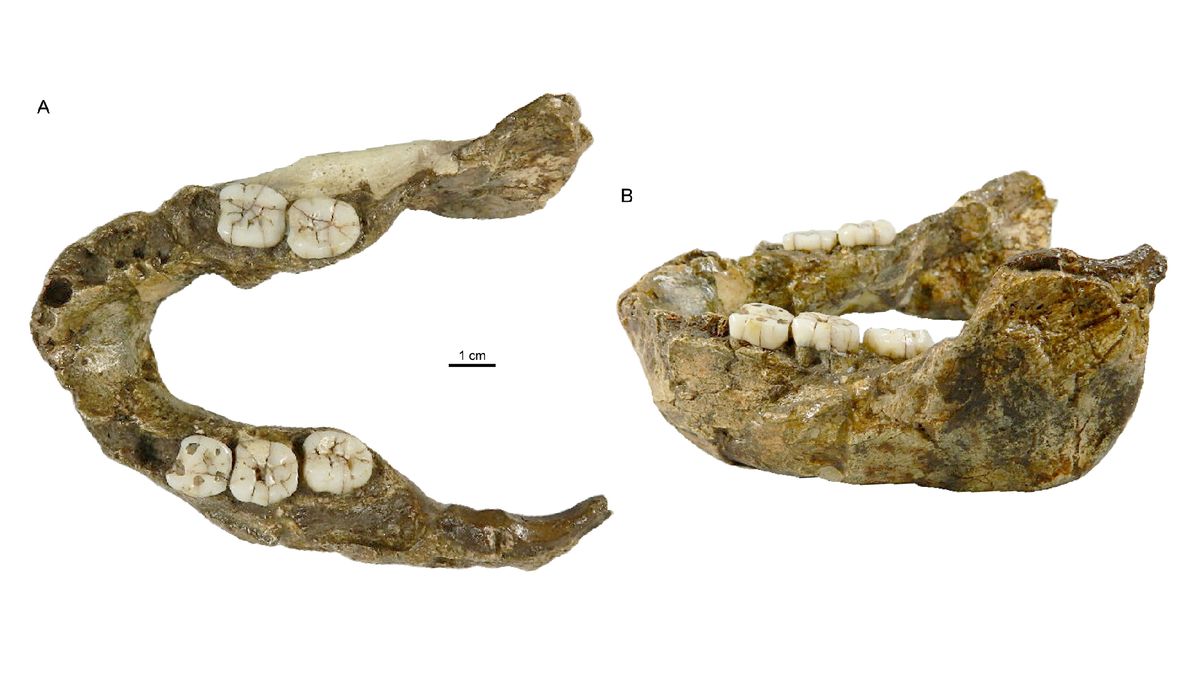The patient: A 54-year-old man in Rotterdam, Netherlands
The symptoms: The patient visited the emergency room after experiencing shortness of breath, as well as excessive sweating, urination and thirst, for eight days. His abdomen was swollen and distended.
What happened next: Two days before being admitted to the ER, the man had visited his regular doctor, who revealed that the patient had elevated blood sugar in a range hinting at new-onset diabetes, also called “diabetes de novo.”
The doctor prescribed metformin, a medication for lowering blood sugar. However, the patient’s symptoms did not improve, and his breathing difficulties and abdominal discomfort worsened. Later, at the ER, the man revealed that over the past two days, he had drunk nearly 6 gallons (22 liters) of whole milk per day “to quench his thirst,” the doctors wrote in a report of the case.
When the ER physicians drew blood samples, they noticed that the man’s blood was paler than normal and “seemed to be milky.” His blood sugar levels were extremely high: 1,350 milligrams per deciliter. (Normal glucose levels are typically 70 to 99 milligrams per deciliter.) His triglycerides — a type of fat in the blood — were also dramatically elevated, at 16,713 milligrams per deciliter; normal triglyceride values are typically no higher than 175 milligrams per deciliter, according to the report.
The diagnosis: The doctors concluded that by drinking excessive amounts of full-fat milk, the patient had flooded his circulatory system with fats and sugar and sent his triglycerides skyrocketing, which, in turn, worsened his gut pain and affected his breathing. Extremely high triglycerides can lead to chylomicronemia syndrome, a condition associated with breathing trouble and abdominal pain. The syndrome can also cause memory loss, pancreatitis (inflammation of the pancreas) and discoloration of the retina.
The treatment: Because the man’s glucose levels were so high, he was admitted to the intensive care unit and given saline and insulin, the hormone responsible for shuttling sugar into cells. His abnormally elevated triglycerides put him at risk for acute pancreatitis, so the doctors initiated a plasma exchange to clear out the extra fat. They performed two plasma exchanges over the next two days, which reduced the patient’s triglycerides to an acceptable level.
The man continued to receive insulin and metformin, as well as a statin medication to prevent cardiovascular disease by lowering cholesterol. The doctors also proposed lifestyle changes for managing his sugar intake. At a follow-up visit six weeks later, the man’s triglycerides were still slightly elevated — at 245 milligrams per deciliter — but otherwise, he was in good health.
What makes the case unique: Milk is rich in calcium, protein, magnesium and vitamins A and D, and moderate servings are thought to be beneficial, except for people who are lactose intolerant. That said, the U.S. Department of Agriculture’s dietary guidelines recommend no more than 3 cups (0.7 liters) of dairy per day for adults (and some dietitians argue that even that amount is too much).
But the ER doctors estimated that, based on the nutritional value of whole milk, their patient had likely consumed 70 ounces (1,980 grams) of sugar and 53 ounces (1,496 grams) of fat during his two-day binge. To put that into perspective, the recommended daily allowance of sugar for adult men is 1.3 ounces (36 grams), and daily intake of saturated fats, such as those found in whole milk, should be limited to less than 0.8 ounces (22 grams).
As a result of his overindulgence, the astronomical elevation of the patient’s triglycerides “is one of the highest ever reported,” the doctors wrote.
This article is for informational purposes only and is not meant to offer medical advice.













